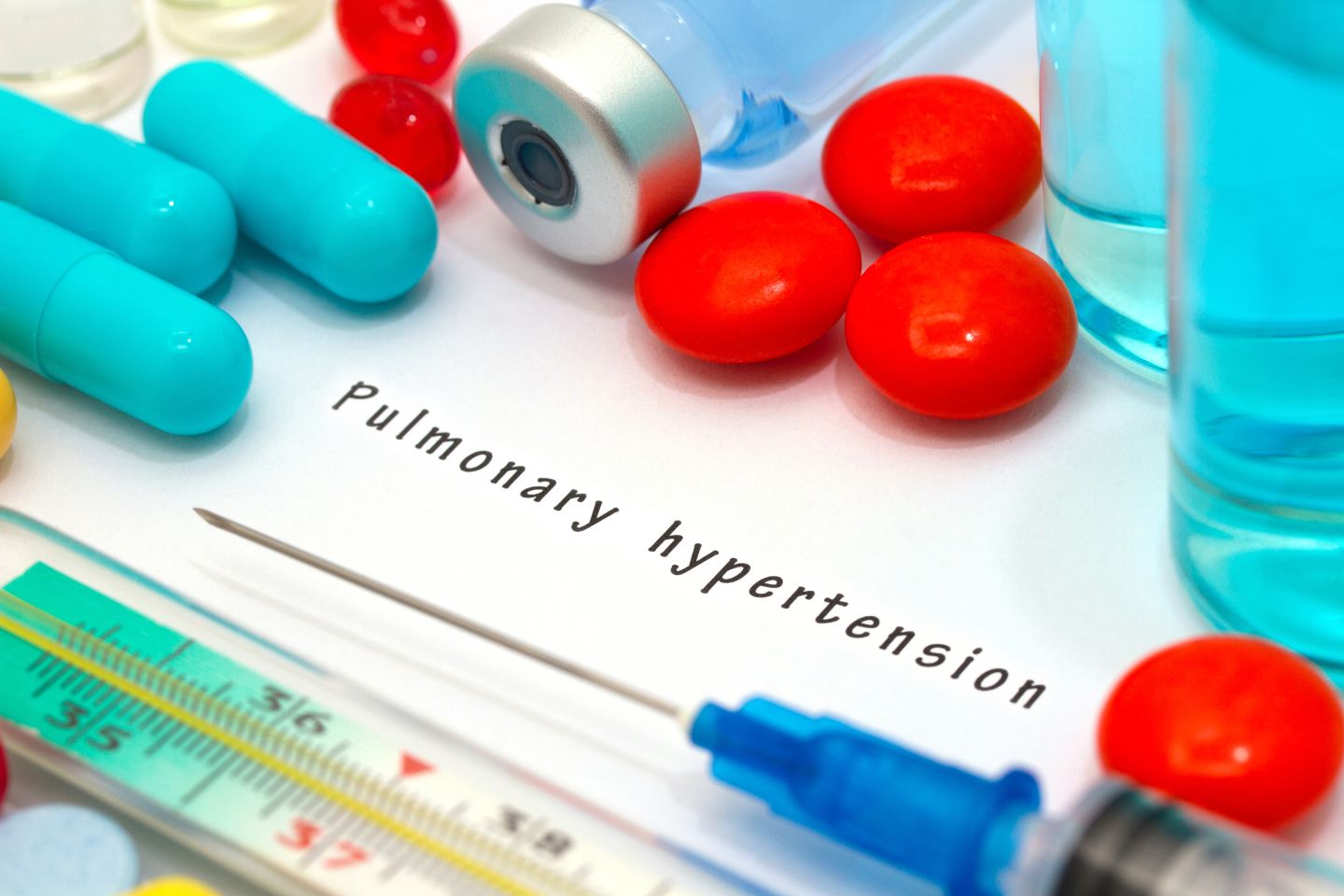The pulmonary arterial hypertension (PAH) market is forecast to grow at a compound annual growth rate (CAGR) of 2.0% from 2024 to 2034, reaching $9.35bn across the seven major markets (7MM: US, France, Germany, Italy, Spain, UK, and Japan), according to GlobalData’s latest report ‘Pulmonary Arterial Hypertension: Seven-Market Drug Forecast and Market Analysis‘. Growth is expected to be driven by rising use of triple combination therapy, continued uptake of oral and inhaled prostacyclin agents, and the market introduction of disease-modifying therapies that aim to go beyond symptom control.
PAH is a rare, progressive vascular disease marked by elevated pulmonary artery pressure, vascular remodelling, and eventual right heart failure. Symptoms such as fatigue, breathlessness, and chest pain are frequently misattributed to more common conditions, delaying intervention and compounding disease burden. The disease primarily affects middle-aged women and has a poor long-term prognosis despite therapeutic advances.

Access deeper industry intelligence
Experience unmatched clarity with a single platform that combines unique data, AI, and human expertise.
Current pharmacologic classes in PAH include endothelin receptor antagonists (ERAs), phosphodiesterase 5 (PDE5) inhibitors, soluble guanylate cyclase (sGC) stimulators, and prostacyclin analogues. Dual oral therapy, typically combining an ERA and a PDE5 inhibitor, has become the standard first-line approach, as supported by the AMBITION trial. Uptravi (selexipag) and Tyvaso (inhalational treprostinil) have added meaningful options for patients requiring escalation without the burden of continuous infusion. However, parenteral therapies such as Flolan (epoprostenol) and Remodulin (subcutaneous or intravenous treprostinil) remain essential for high-risk patients, despite challenges related to the complexity of use and tolerability.
Winrevair (sotatercept), the first approved agent to directly target the BMPR2 signalling axis, has reframed the therapeutic outlook in PAH. By moving beyond vasodilation and toward structural remodelling of the pulmonary vasculature, Winrevair sets a new precedent in clinical ambition. This has prompted a notable pivot in late-stage development, with several agents now pursuing anti-proliferative or disease-modifying pathways. According to key opinion leaders (KOLs) interviewed by GlobalData, this marks a clear departure from previous treatment paradigms focused solely on symptomatic relief.
Despite progress, significant unmet needs remain. Tolerability challenges, complex administration schedules, and a lack of real-world applicability for some therapies continue to limit patient adherence. The market is also constrained by delayed diagnosis and the absence of widely accepted biomarkers. KOLs emphasised the importance of novel agents that deliver clinically meaningful benefits without compromising on convenience, particularly for patients with advanced or comorbid disease profiles.
From a commercial standpoint, the ability to deliver disease modification in a simplified format—oral, inhaled, or infrequent injectable—is expected to shape competitive dynamics over the next decade. Therapies that strike the balance between efficacy, tolerability, and ease of use are likely to secure favourable positioning with payers and clinicians alike. In parallel, market access strategies will increasingly hinge on evidence generation, including real-world outcomes and long-term functional benefits.

US Tariffs are shifting - will you react or anticipate?
Don’t let policy changes catch you off guard. Stay proactive with real-time data and expert analysis.
By GlobalDataThe pipeline reflects these priorities. Late-stage assets such as ralinepag (oral IP receptor agonist) and Yutrepia (dry powder treprostinil) aim to enhance prostacyclin pathway utility while minimising the burden. Seralutinib, an inhaled kinase inhibitor, and a reformulated imatinib introduce targeted approaches with disease-modifying potential. These innovations are complemented by reformulation efforts such as sustained-release oral treprostinil, which seeks to improve pharmacokinetics and reduce gastrointestinal (GI) tolerability issues common to prostacyclin therapies.
With the market expected to expand steadily, albeit modestly, through 2034, GlobalData anticipates that strategic success in PAH will depend on a dual mandate: delivering measurable clinical differentiation and removing barriers to access. As key patents begin to expire, companies will need to adopt robust lifecycle management tactics such as spanning fixed-dose combinations, novel delivery platforms, and digital health integrations that support treatment adherence and early detection. Investment in pipeline innovation must be matched by careful execution in launch planning, health economics and outcomes research, and long-term brand stewardship.



